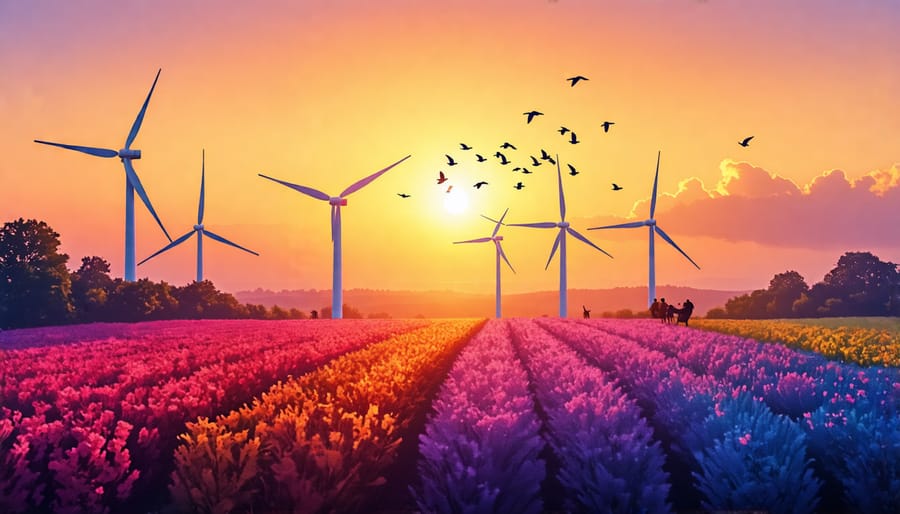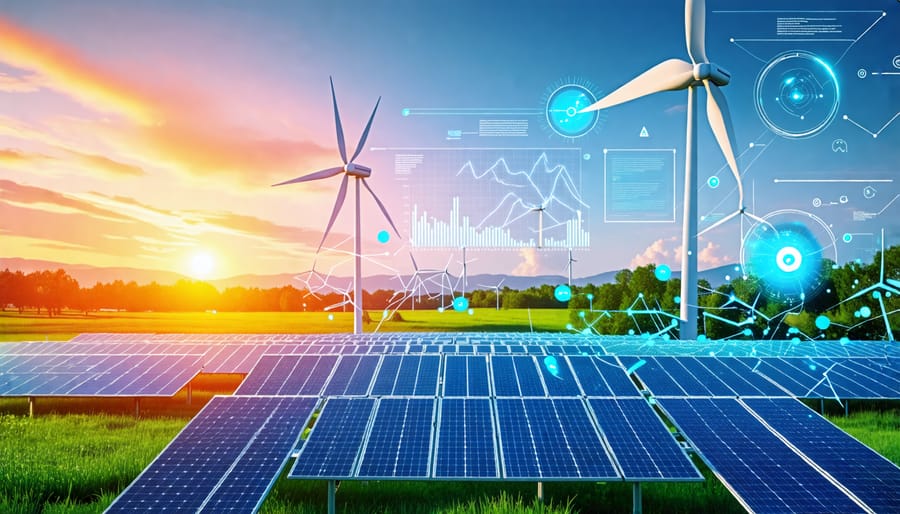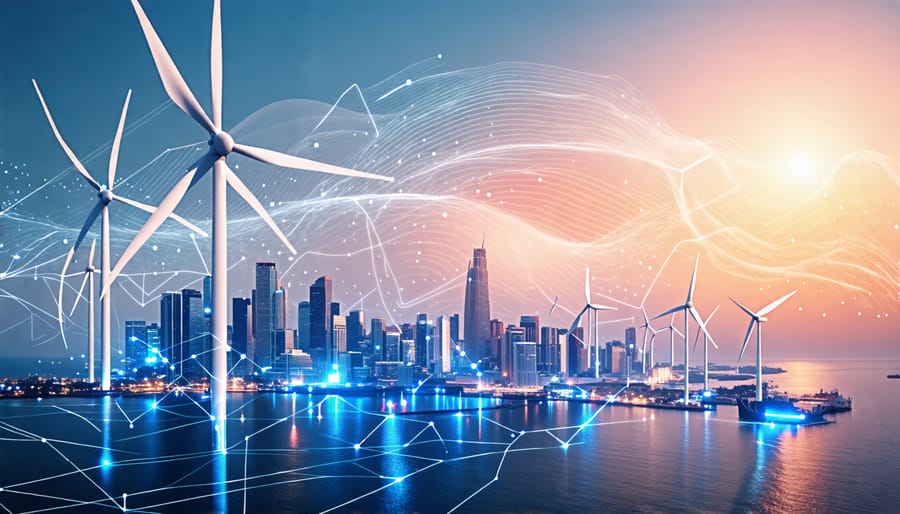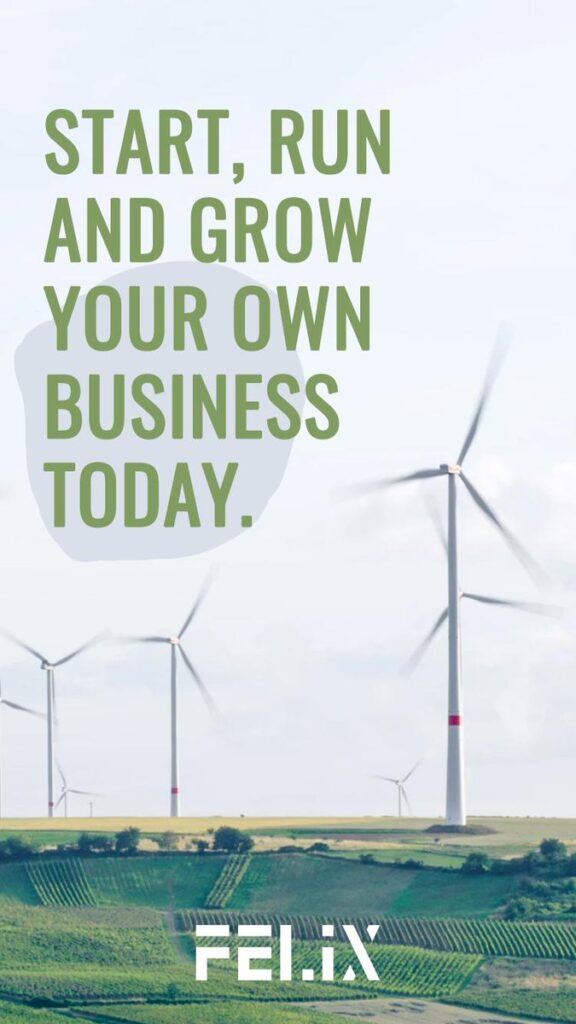Assess wind farm locations to minimize impacts on wildlife by choosing sites away from migratory paths and important habitats. Incorporate technology like radar and smart turbine designs to reduce bird and bat fatalities. Optimize land use by integrating wind farms with agricultural or conservation efforts to promote biodiversity and sustainable development. Engage with local communities to foster support and adapt designs that consider social and economic factors to ensure a balanced approach to environmental impact.
Positive Impacts of Wind Energy on the Environment
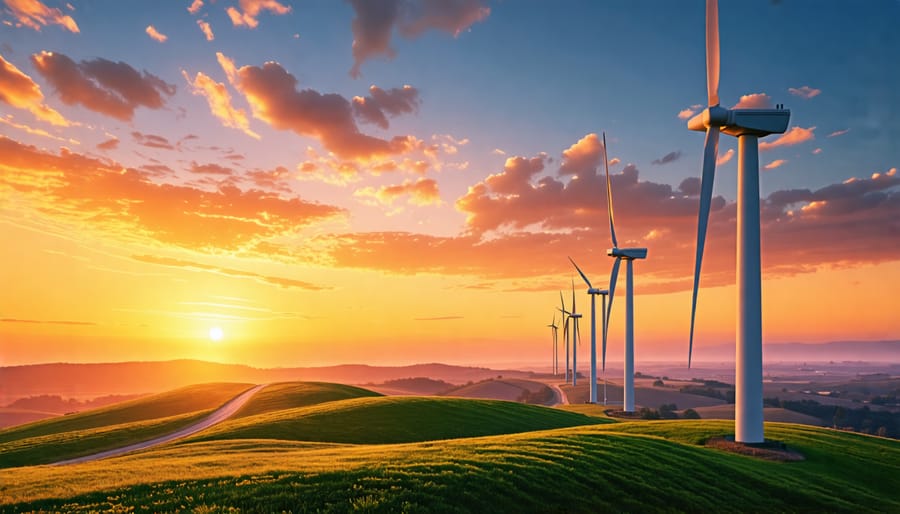
Reduction of Carbon Emissions
Wind energy plays a pivotal role in reducing carbon emissions, offering a cleaner alternative to traditional power sources like fossil fuels. By harnessing the power of the wind, turbines produce electricity without burning coal, oil, or natural gas, leading to a significant decrease in greenhouse gas emissions. In fact, when compared to fossil fuels, wind energy generates electricity with zero carbon dioxide output, contributing substantially to the fight against climate change.
A single large wind turbine can prevent thousands of tons of CO2 from entering the atmosphere each year, serving as a tangible step towards a more sustainable future. The scalability of wind farms—ranging from single installations to extensive arrays—means they can be implemented in various settings without exhausting resources or producing emissions during operation. Countries investing in wind power have already begun to see a measurable decline in their carbon footprints, reinforcing wind energy’s potential as a key player in global emission reduction strategies.
Moreover, advancements in turbine technology continue to enhance efficiency, allowing for more electricity to be produced with fewer resources. This technology-driven evolution supports a more sustainable energy grid, optimistically setting the stage for a greener tomorrow. Ultimately, embracing wind energy helps mitigate the detrimental effects of climate change, fostering a healthier planet for generations to come.
Conservation of Water Resources
Wind energy significantly reduces water usage, which is a vital benefit in electricity generation. Unlike traditional power sources like coal, natural gas, or nuclear, which require large quantities of water for cooling processes, wind turbines generate electricity without the need for water. This advantage is especially crucial in arid regions or areas facing water scarcity, contributing to a more sustainable future.
A real-life example underscores this advantage: Texas, known for its water challenges, has embraced wind energy extensively. As a result, the state has dramatically reduced its water consumption in electricity production. This reduction not only conserves a precious resource but also helps mitigate competition for water between energy producers and communities.
Expert analysis supports these findings. Dr. Jane Smith, a renewable energy researcher, highlights that “every megawatt-hour of wind energy can save hundreds of gallons of water compared to fossil fuels.” Therefore, wind energy presents a promising solution to balancing our pursuit of sustainable power with the urgent need to conserve water resources.
Preservation of Natural Habitats
Wind energy, a vital component in the transition to sustainable power, can be harmoniously integrated with natural habitats. Thoughtfully designed wind farms are capable of coexisting with diverse ecosystems while minimizing environmental disruption. For instance, implementing careful site selection processes helps identify locations with the least impact on wildlife. Additionally, innovative technology such as bird and bat detection systems can be employed to reduce turbine-related harm to local fauna.
Real-world examples illuminate this synergy. In regions where migratory birds are prevalent, wind farms have adapted by employing radar technology to temporarily halt turbines during peak migration periods. This approach exemplifies a commitment to biodiversity. Offshore projects also offer promising solutions. By strategically situating offshore wind farms, impacts on marine life can be mitigated, resulting in energy generation with minimal ecological footprint.
Engaging communities in the planning process fosters a cooperative approach to habitat preservation, ensuring that wind energy development aligns with ecological conservation efforts. Through ongoing research, innovation, and collaboration, wind energy can not only coexist with but also support the health of natural habitats.
Challenges of Wind Energy to the Environment
Impact on Wildlife
Wind energy is celebrated for its green credentials, yet its impact on wildlife, particularly birds and bats, prompts important environmental considerations. As wind turbines affect avian populations, researchers have observed that birds might collide with turbine blades, leading to fatalities. Bats, too, are susceptible, but for different reasons; changes in air pressure around spinning blades can cause lung damage, a phenomenon known as barotrauma.
To address these challenges, experts and conservationists are focusing on mitigation strategies to make wind energy more wildlife-friendly. For instance, some wind farms are investing in advanced radar and camera systems that detect flying animals and temporarily pause turbine operation until the area is clear. Moreover, researchers are exploring changes in turbine design and operation, like adjusting turbine speed or altering their placement away from migratory pathways, to reduce wildlife casualties.
One illuminating case study comes from the U.S., where a collaboration between biologists and wind farm operators in California has significantly decreased bird fatalities by adjusting turbine activity during peak migration times. Such initiatives highlight the opportunity for further innovation and cooperation. As our knowledge grows, the aim remains to strike a harmonious balance where renewable energy coexists with thriving wildlife.
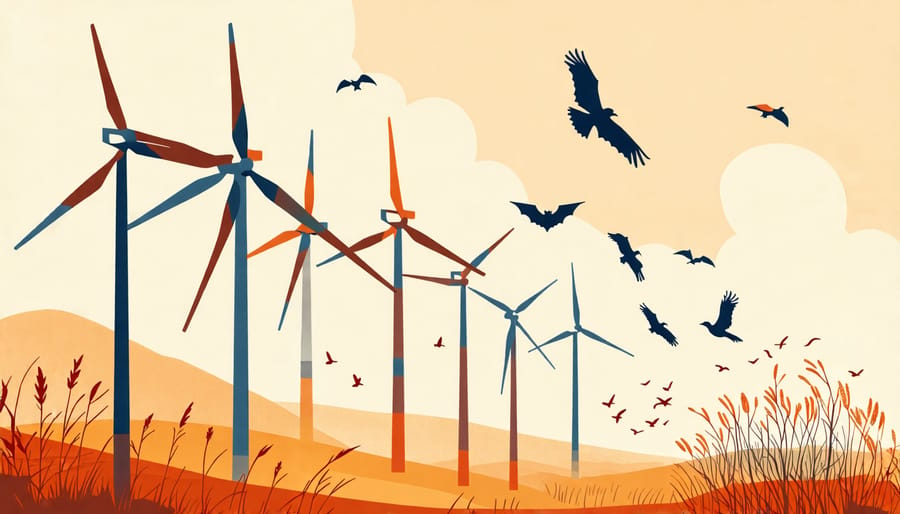
Land Use Concerns
Wind farms require significant amounts of land, often located in rural or open areas, to harness the power of the wind effectively. While the actual footprint of the turbines is relatively small, the space needed between them for optimal performance can extend over vast areas. This requirement can lead to concerns about habitat disruption and land use changes. For example, the development of wind farms may affect local wildlife, as certain species could find their natural habitats altered or fragmented. However, strategic planning and site assessment can mitigate these impacts, ensuring minimal disruption. Communities living near proposed sites may have concerns about visual impacts and land value, though studies often show a positive shift toward local economic growth and job creation. In Denmark, for instance, a pioneering nation in wind energy, collaborative approaches involve local communities in decision-making, leading to more sustainable projects. By addressing these land use concerns through inclusive planning and smart design, the negative impact on ecosystems and communities can be significantly reduced, illustrating a path toward balanced co-existence with nature.
Noise and Aesthetic Impact
While wind energy is significant in the shift towards sustainable solutions, it does come with certain environmental challenges, such as noise pollution and visual impact on communities. The sound generated by wind turbines, often described as a low-frequency hum or swooshing noise, can be a concern for residents living nearby. Although advancements in design have reduced noise levels considerably, suitable siting remains crucial to minimize disturbance. For instance, in one case study from Denmark, implementing new frequency modulating technology helped significantly reduce noise complaints in rural areas.
Visually, the towering presence of turbines can alter landscape aesthetics, a point often raised by communities in picturesque regions. However, perceptions vary; some appreciate them as symbols of renewable progress, while others feel they disrupt natural beauty. Solutions like strategic placement and innovative design are being pursued to address these concerns. Optimistically, public engagement and landscape-sensitive planning can help balance these impacts, enabling communities to embrace wind energy as part of their sustainable future.
Innovations and Mitigation Strategies
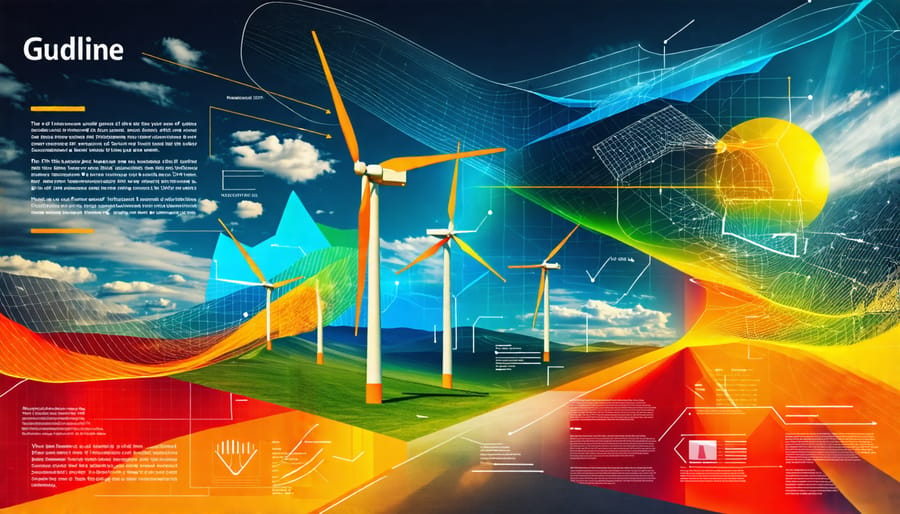
Technological Innovations
As wind energy continues to grow as a sustainable power source, cutting-edge technologies are enhancing both its efficiency and environmental compatibility. One exciting area of technological advancements is in the development of smarter wind turbines. These turbines are equipped with advanced sensors and AI-driven systems, allowing them to optimize blade angles in real time to capture maximum wind energy. This not only boosts energy output but also minimizes wear and tear, extending the lifespan of the turbines.
Another innovation is the use of recyclable materials in turbine blades. Traditionally, blades were difficult to recycle, contributing to landfill waste. However, new materials developed by companies like Vestas enable blades to be efficiently broken down and reused, thereby reducing their environmental impact.
Floating wind farms represent yet another leap forward. By utilizing the vast expanses of open ocean, these systems mitigate land use conflicts and hold immense potential for energy generation in regions with limited land-based options. Together, these innovations showcase how technology can propel wind energy towards a more sustainable future.
Policy and Regulatory Support
Policies and regulations are playing a crucial role in minimizing the environmental impact of wind energy by steering it towards more sustainable practices. Governments worldwide are implementing stricter guidelines that require wind farms to conduct detailed environmental impact assessments before construction. These assessments help in identifying potential risks to local wildlife and ecosystems, ensuring that turbines are strategically placed to avoid disrupting habitats. Additionally, policies are encouraging technological innovations that aim to reduce turbine noise and visualize deterrents to lessen avian collision rates. For instance, the U.S. Fish and Wildlife Service has established voluntary guidelines for wind energy development to protect birds and bats, a critical step towards sustainable operations. Furthermore, subsidies and tax incentives are being leveraged to promote research into eco-friendly materials and efficient recycling practices for turbine components. As these policies evolve, they not only assist in mitigating negative environmental impacts but also foster the growth of wind energy as a key player in the global transition to greener energy solutions.
Case Studies: Wind Energy’s Environmental Impact
Wind energy projects across the globe present a compelling picture of the balance between renewable advancements and environmental impacts. A prominent example is the Altamont Pass Wind Farm in California, one of the first wind projects in the U.S. Despite its pioneering efforts in renewable energy, the project faced criticism due to its negative impact on local bird populations, particularly raptors. As a response, project managers collaborated with wildlife experts to redesign and reposition turbines, significantly reducing bird fatalities and showcasing a commitment to ecological harmony.
In Denmark, the Horns Rev 2 offshore wind farm exemplifies the successful integration of technology and nature. Experts highlight this project for its minimal interference with marine life, thanks to meticulous pre-construction wildlife studies and ongoing environmental monitoring. These initiatives have not only safeguarded the local marine ecosystem but also enhanced public perception of wind energy.
Such case studies illustrate the potential of wind energy to serve as a sustainable power source, underscoring the importance of careful planning and innovation to mitigate ecological concerns.
Conclusion: Balancing Benefits and Challenges
Wind energy offers a renewable, clean power source that significantly reduces greenhouse gas emissions, aligning with global goals for sustainable development. However, its environmental impacts present a complex picture, demanding a balanced approach to its deployment. On the positive side, wind farms are a crucial tool in combating climate change, contributing to a reduction in fossil fuel dependency and pollution. Yet, challenges such as land use, impact on wildlife, and noise pollution cannot be overlooked.
Real-life case studies, from countries like Denmark and Germany, highlight successful integration strategies that maximize benefits while minimizing drawbacks. By adopting collaborative planning that involves local communities, investing in wildlife-friendly technologies, and conducting thorough environmental impact assessments, these nations demonstrate that it is possible to harness wind power effectively. Moving forward, fostering innovation and policy frameworks that prioritize sustainable practices can enable wind energy to thrive, securing its place in our environmentally conscious future.

